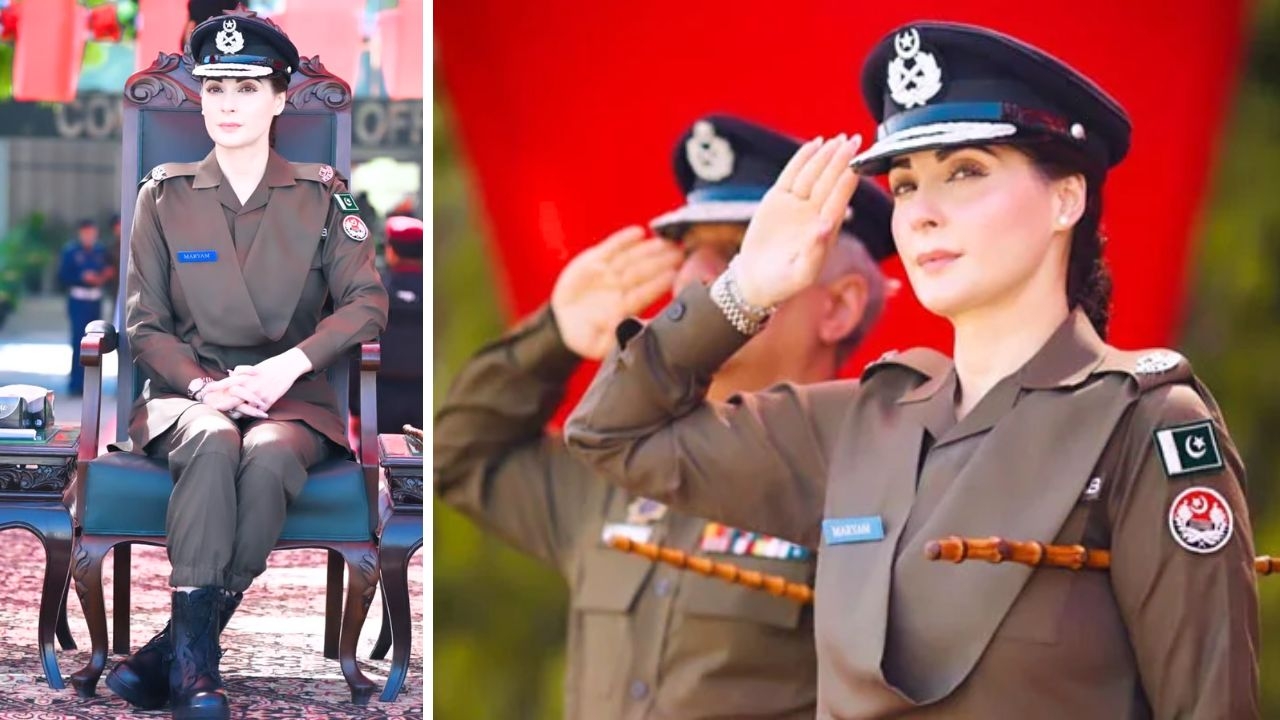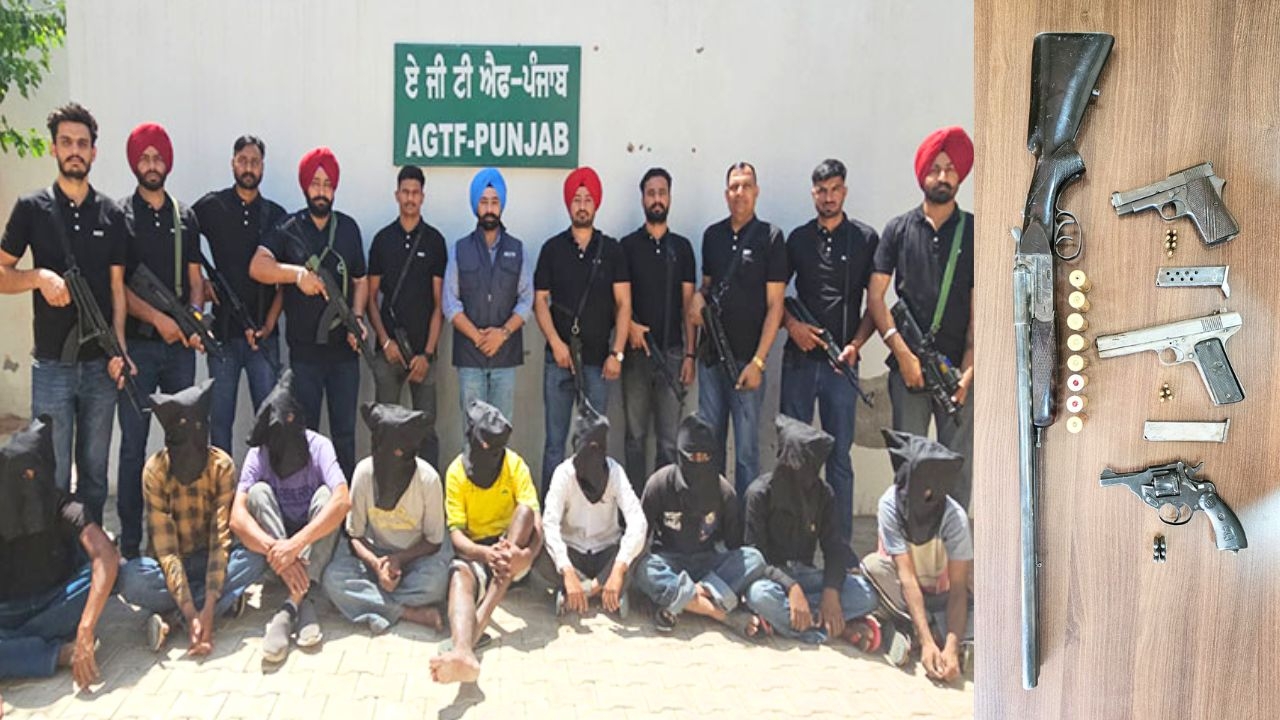Out of power, are the Akalis playing proxy politics through SGPC?
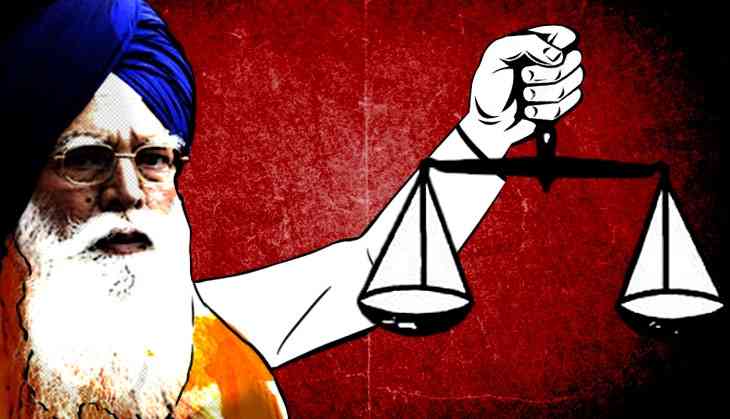
After a period of relative silence, the Shiromani Gurudwara Prabandhak Committee (SGPC) is once again making headlines.
Most are viewing this development as the Shiromani Akali Dal’s (SAD) attempt at playing proxy politics. The party was recently routed in the state assembly polls and to make itself politically relevant before the 2019 Lok Sabha polls, it is likely to raise Sikh issue to galvanise the electorate.
Raising old ghosts
For one, the SGPC has reportedly decided to set up a gallery dedicated to the 'martyrs' of Operation Bluestar who were killed in the Army attack on the Golden Temple complex in June 1984.
The gallery will be set up in the basement of Sant Jarnail Singh Bhindranwale Memorial near Akal Takht that was built in 2012. The memorial was erected in the memory of militants and other innocents killed. The chief of Damdami Taksal Baba Harnam Singh, the same seminary which Bhindranwale belonged to, moved the proposal.
The decision to open the gallery was one among many decisions taken during an executive meeting on 15 June. Another resolution that was reached was that the SGPC chief would continue to participate in Akali Dal political programmes based on the logic that this is part of tradition.
The question of such participation arose after Badungar took part an SAD protest outside the deputy commissioner's office in Patiala on 12 June as a part of the dharnas organised by the Akalis.
The protest was against the government's failure to fulfill promises made in the Congress manifesto and the recent controversy over cabinet minister Rana Gurjit Singh's alleged involvement in the sand mining scam.
Leadership bankruptcy
Making his participation a political issue, Punjab Congress president Sunil Jakhar said that the SGPC is trying to take over the control of SAD by seizing advantage of its leadership bankruptcy.
Lashing out Badungar, Jakhar said it was evident that having realised the failure of the Badals to provide leadership to SAD, the SGPC president has decided to throw his hat into the political arena and take over the leadership of the Akali Dal.
According to him, this bid for power is along the same lines as that of religious leaders such as Gurcharan Singh Tohra and Jagdev Singh Talwandi. Jakhar said that both Tohra and Talwandi had their eyes on SAD leadership and had resorted to political games to climb the ladder.
By participating directly and actively in the SAD protests, Badungar has posed a direct challenge to Sukhbir Singh Badal’s leadership in the party, says Jakhar.
A toxic mix
The Punjab Congress president warned against mixing religion and politics, saying it could have a devastating effect on the state’s peace and stability.
Jakhar said that abuse of religion for petty political gains would be highly detrimental to the welfare of the state. He underlines the need to keep the two separate.
When it comes to the history of SGPC and the issue of religio-political dynamics, as veteran political observer Jagtar Singh points out, there are several examples littered across the past.
The SGPC was perhaps the first body in India to oppose the 1940 Muslim League resolution on Pakistan. No one had objected to its political role at that time.
Similarly, there have been SGPC resolutions like the one of 27 February 1943, where it demanded a Sikh state and a later one from 9 March 1946 that said, “The SGPC declares that the Sikhs are a separate nation. This meeting is of the opinion that the Sikh state is imperative for the maintenance of Sikh shrines, Sikh traditions and culture and protection of dignity and freedom of the Sikhs and the advancement of the Sikhs in future. Therefore, this meeting appeals to the Sikh masses to do everything possible for its achievement.”
Jagtar has also listed an earlier one on the protection of the religio-political rights of the Sikhs passed at its general body meeting on 1 March 1932.
The past, present and future
Jagtar quotes the example of former SGPC chief Gurcharan Singh Tohra who was at the helm of the organisation for more than quarter of a century.
Tohra played a role in convening the first meeting of the Akali Dal working committee in June 1975 after the imposition of emergency by the then prime minister Indira Gandhi. Tohra was among those who courted arrest, while being both an MP and the SGPC chief. Tohra also emerged as a pivotal leader in Sikh politics during the turbulent period of militancy.
Talking to Catch, Jagtar said, “But there is a difference between then and now that is being pointed out. At that time, the SAD was not in alliance with the BJP as it is now. It also needs to be questioned that why is it that issues like a memorial for Bhindranwale or now a gallery for 'martyrs' crop up only when the Akali Dal is in the opposition or just before the elections as it was in 2012.”
But perhaps Badungar's decisions and actions have the consent of former chief minister and Akali patriarch Parkash Singh Badal. Perhaps this is all part of a long-term strategy aimed at the 2019 Lok Sabha polls.
More than religious-political politics, this could be a game of pure power.
First published: 16 June 2017, 15:52 IST

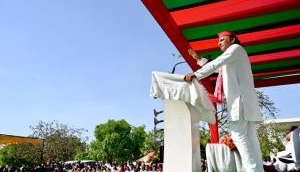
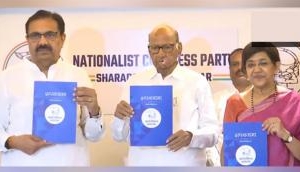
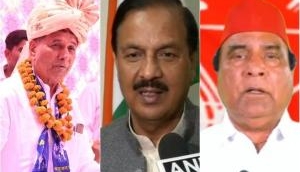
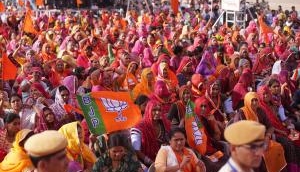

![BJP's Kapil Mishra recreates Shankar Mahadevan’s ‘Breathless’ song to highlight Delhi pollution [WATCH] BJP's Kapil Mishra recreates Shankar Mahadevan’s ‘Breathless’ song to highlight Delhi pollution [WATCH]](http://images.catchnews.com/upload/2022/11/03/kapil-mishra_240884_300x172.png)

![Anupam Kher shares pictures of his toned body on 67th birthday [MUST SEE] Anupam Kher shares pictures of his toned body on 67th birthday [MUST SEE]](http://images.catchnews.com/upload/2022/03/07/Anupam_kher_231145_300x172.jpg)




